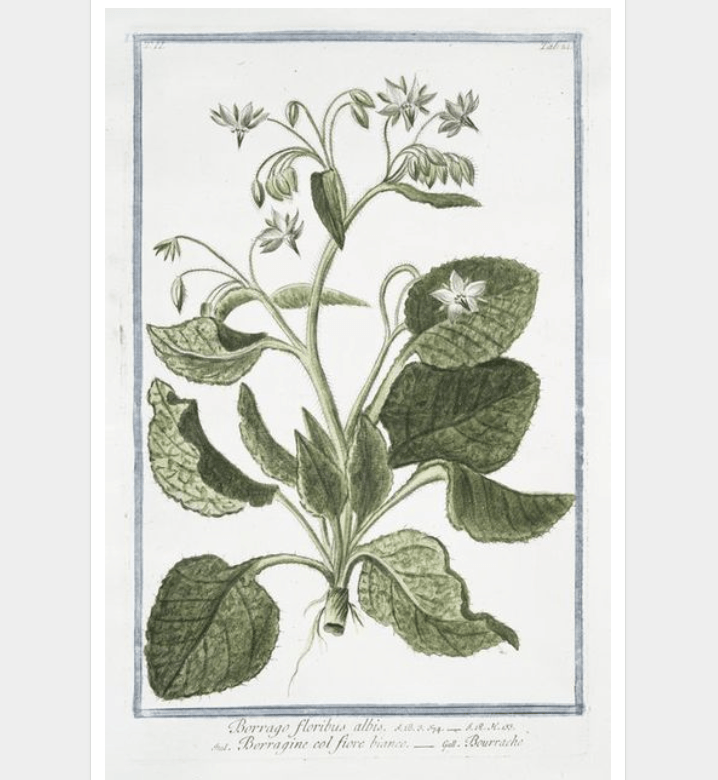MEDICAL NEWS TODAY – Growing numbers of consumers want more naturally-derived skin care.
Researchers presenting at Discover BMB say fruit from the cocklebur plant has antioxidant and anti-inflammatory properties that may make it useful as a skin protectant.
Scientists also found cocklebur extracts helped reduce UVB damage and speed wound healing in 3D tissue models.
When it comes to skin care, more and more people are looking for naturally-derived ingredients. Previous consumer surveys suggested that many women want their skin care products to be considered all-natural.
Now new research suggests the fruit of a noxious weed called the cocklebur plant has antioxidant and anti-inflammatoryTrusted Source properties that may not only make it useful as a skin protectant but also help reduce UVB damage and speed wound healing.
The findings are presented at Discover BMB — the annual meeting of the American Society for Biochemistry and Molecular Biology, March 25–28 in Seattle, WA.
What is the cocklebur plant?
The cocklebur plant — scientifically known as Xanthium strumarium — is a weed that grows in the summer. The weed grows with both male and female heads. When fully grown, it can reach as high as six feet.
The weed creates flowers with burs. These burs contain the “fruit” of the plant. When an animal or human brushes up against the plant, the burs can become attached to them, helping to spread them to other areas.
Cocklebur plants are native to areas of Southern Europe, Central Asia, and China. However, they can now be found in other areas of the world, including the United States.
The cocklebur has been used in traditional Chinese medicineTrusted Source for centuries, commonly used to treat rhinitisTrusted Source and headaches.
More recently, scientists have looked at using the cocklebur plant to help treat rheumatoid arthritis, diabetes, and cancer.
For this study, researchers used cell cultures and a 3D tissue model …



